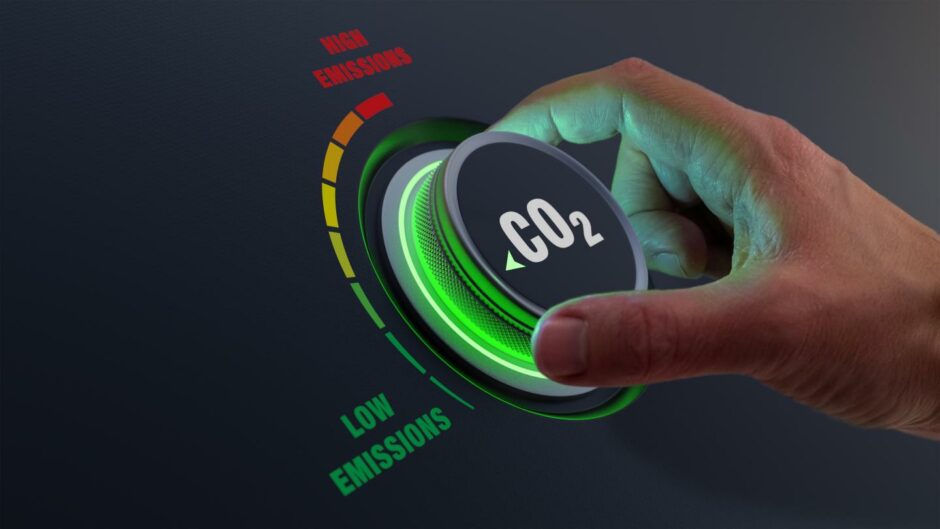
In the energy sector, as elsewhere, fundamental change happens slowly … until it happens all at once. We are witnessing just such a dynamic as energy companies adopt new or more ambitious goals to achieve “Net Zero” greenhouse gas (GHG) emissions in the run-up to COP26 in Glasgow.
What does it mean for a company to commit to achieve “Net Zero”? What is driving this cascade of “Net Zero” commitments? How are companies that are adopting “Net Zero” goals mitigating the legal risks of doing so?
What is Net Zero?
When a company adopts a “Net Zero” commitment, it is declaring to the world that it will take actions by a set date to negate GHG emissions from its operations, such that its net GHG emissions no longer contribute to climate change.
So far, so good. But issues arise almost immediately; almost every aspect is open to debate:
– How do we draw the line around a company’s sphere of responsibility for GHG emissions? Is this responsibility limited to direct emissions from its operations (Scope 1), indirect emissions from purchased electricity, heat or steam (Scope 2) or all emissions upstream and downstream in its supply chain (Scope 3)?
– What kind of assumptions are companies allowed to make in respect of technological change toward lower-carbon technologies and processes when making “Net Zero” plans?
– Are carbon offsets acceptable as a means to negate emissions, or are carbon offsets only acceptable for a portion of those GHG emissions? What kind of offsets are acceptable (i.e. those based on the avoidance of GHG emissions or only those based on removals)?
Text Box: A “Net Zero” Lexicon
“Carbon Neutral” – carbon offsets can be used to net a company’s current GHG emissions to zero
“Net Zero” – a commitment to achieve net zero GHG emissions by a particular date (usually 2050), including setting incremental targets, together with use of carbon offsets only for residual emissions and often limited to removal-type carbon offsets
“Scope 1 Emissions” – all of a company’s direct GHG emissions from operations
“Scope 2 Emissions” – all indirect GHG emissions associated with purchased electricity, heat or steam used in a company’s operations
“Scope 3 Emissions” – all indirect, upstream and downstream GHG emissions associated with a company’s operations, including GHGs emitted from the use of a company’s products
Why are companies adopting “Net Zero” Targets?
“Net Zero” commitments are not mandated by governments (at least not yet). Which begs the question: why are companies signing on to such onerous commitments voluntarily?
Among the reasons for doing so:
1. Companies are trying to satisfy demands from institutional investors, financial markets and financial intermediaries concerned about the climate-related financial risks embedded within their (or their clients’) portfolio holdings.
2. To address concerns from advocacy groups and more activist ESG (Environmental, Social, and Governance) investors who are increasingly threatening divestment campaigns or climate-related proxy-voting campaigns
3. To proactively address climate change in the near- and medium-terms, including in order to reduce the long-run cost of climate-related regulations in the future.
Mitigating “Net Zero” Risks
With the meaning of fundamental terms related to “Net Zero” under debate, it is little wonder that companies face potential reputational and even legal risks when adopting “Net Zero” commitments. Advocacy groups are quick to call out companies for alleged “greenwashing” if their climate goals are deemed to be insufficiently ambitious, or to be imperfectly implemented.
Mitigating the risk of greenwashing allegations requires corporations to understand “Net Zero”, effectively communicate progress towards their commitments, and ensure that internal governance and disclosure regimes match the climate goals adopted.
Most importantly, companies can effectively manage such risks by not overselling the claims (while being careful not to undersell their actions). Companies should communicate commitments and performance in a manner that provides clear information to investors or purchasers, has a solid basis in fact, and is unlikely to mislead.
Ultimately, companies that set climate commitments ought to work diligently to meet those commitments, and be able to show how actions taken contribute towards achieving stated goals.
Conclusions
As global climate debates become more heated, adopting a long-term “Net Zero” goal can help companies tune out the noise and put themselves on a smoother, less-costly pathway toward the coming greener economy. While adopting a “Net Zero” goal is not risk-free, companies can manage those risks by adopting precise climate goals, taking an incremental approach to implementation, adopting clearly defined interim objectives, and clearly communicating progress to investors, customers and other stakeholders.
Recommended for you
